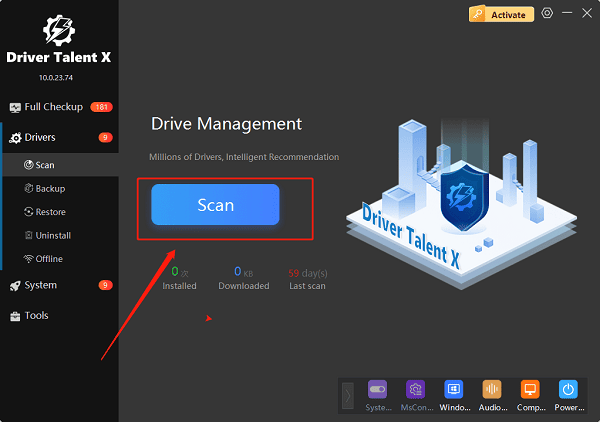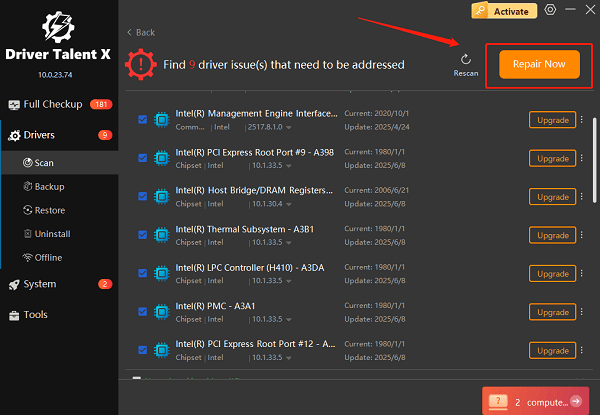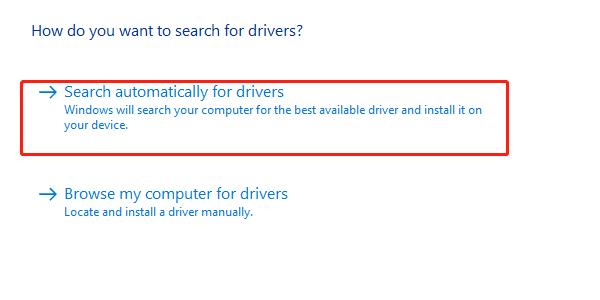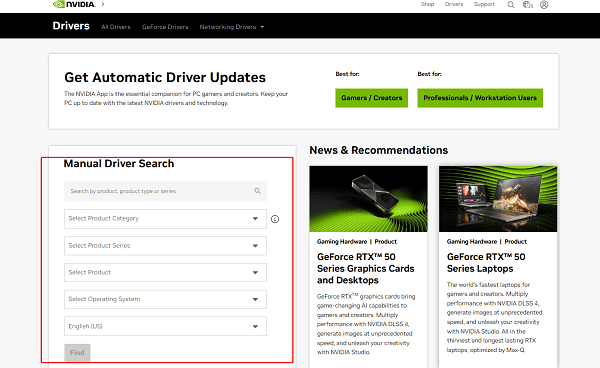
Your PC's performance and stability depend on one crucial component: the driver. A driver is a small but vital piece of software that allows your operating system to communicate with your hardware, from your graphics card and CPU to your mouse and keyboard.
Outdated, missing, or corrupted drivers are a leading cause of PC problems, from crashes and glitches to poor performance.
This comprehensive guide will show you how to update your drivers on any PC safely and easily. We'll cover the most reliable methods, from a one-click automated solution to manual updates, ensuring your system runs at peak performance.
Why Driver Updates Are Essential for a Healthy PC?
Keeping your drivers updated is more than just a maintenance task; it's a vital part of protecting your system and maximizing its potential. Here's why:
Improved Performance: New drivers are often optimized for the latest games, applications, and operating system updates. This can lead to a significant boost in performance and frame rates.
Enhanced Stability: Updates include bug fixes that resolve conflicts and prevent system crashes, blue screens, and other errors.
Better Compatibility: New drivers ensure that your hardware works correctly with the latest software and new peripherals you add to your PC.
New Features: Some driver updates unlock new features for your hardware, such as enhanced graphics settings or power management options.
Method 1: The Easiest Way with Driver Talent X (Recommended)
For a quick, hassle-free solution that works for Windows PC, Driver Talent X is an excellent choice. This professional driver management tool automates the entire process, making it safer and more convenient than manual updates. It's the perfect solution for users who want to avoid the time-consuming process of searching for drivers online.
Step 1: Scan for Outdated Drivers
First, ensure you have an internet connection, then install and launch Driver Talent X.
Click the "Scan" button. The software will perform a deep scan of your entire computer, automatically detecting all your hardware and checking the status of its drivers.

Step 2: Update All Drivers with One Click
After the scan is complete, Driver Talent X will show a clear list of drivers that need updating.
Find the drivers you want to update (e.g., your graphics card driver, sound driver, or chipset driver).
Simply click the "Upgrade" button.

Driver Talent X will automatically download and install the latest, most compatible drivers for you, ensuring your PC runs smoothly. This one-click process is the fastest and safest way to get your system working perfectly.
Method 2: Manual Update via Windows Device Manager
This is a traditional, built-in method that is easy to use but may not always find the latest driver versions, as it relies on a more generic driver repository.
Step 1: Open Device Manager
Press the Win + X keys simultaneously to open the Quick Link menu.
Select "Device Manager" from the list.
Step 2: Find Your Device
In the Device Manager window, expand the category for the device you want to update (e.g., "Display adapters" for your graphics card or "Audio inputs and outputs" for your sound device).
Right-click on the specific device.
Step 3: Update the Driver
Select "Update driver".
Choose "Search automatically for drivers". Windows will then search for an updated driver online and install it if one is found. If it doesn't find one, you may need to try another method.

Method 3: Official Update via Manufacturer's Websites
This is the most precise manual method. It's detailed and ensures you get the latest driver directly from the source.
Step 1: Identify Your Hardware
You need to know the exact manufacturer and model of the hardware component you want to update (e.g., NVIDIA GeForce RTX 3080).
Step 2: Visit the Manufacturer's Website
Go to the official support website of the manufacturer (e.g., NVIDIA, AMD, or Intel).

Navigate to the drivers or downloads section.
Step 3: Download and Install
Search for your exact hardware model and select your operating system (e.g., Windows 11).
Download the driver package and run the installer. Follow the on-screen instructions to complete the update.
Q&A
Q: How often should I update my drivers?
A: It's a good practice to check for updates every few months or whenever you notice a performance issue. If you are a gamer, check for new drivers before playing a major new game release.
Q: Is it okay to use an old driver?
A: While it may work, an old driver can cause conflicts and stability issues. You also miss out on performance improvements and bug fixes that come with new updates.
Q: Can updating a driver damage my PC?
A: No, as long as you use an official source or a reputable tool like Driver Talent X, the process is safe. Using unofficial or random websites can be risky and may lead to installing incorrect or malicious software.
Conclusion
Keeping your PC's drivers updated is the best way to ensure a stable and high-performing system.
While the manual methods are effective, using a dedicated tool like Driver Talent X is the safest and most efficient solution. It simplifies the entire process, allowing you to update your drivers with one click and get back to what you love to do.
See also:
Ways to Fix External Display Not Detected on Windows
How to Fix a WiFi Adapter That Keeps Going In and Out
What to Do If Your Headphones Don't Work on a Laptop
Top Solutions for kernelbase.dll Crashing on Windows 10/11
Fix PCI Encryption/Decryption Controller Not Working on Windows









